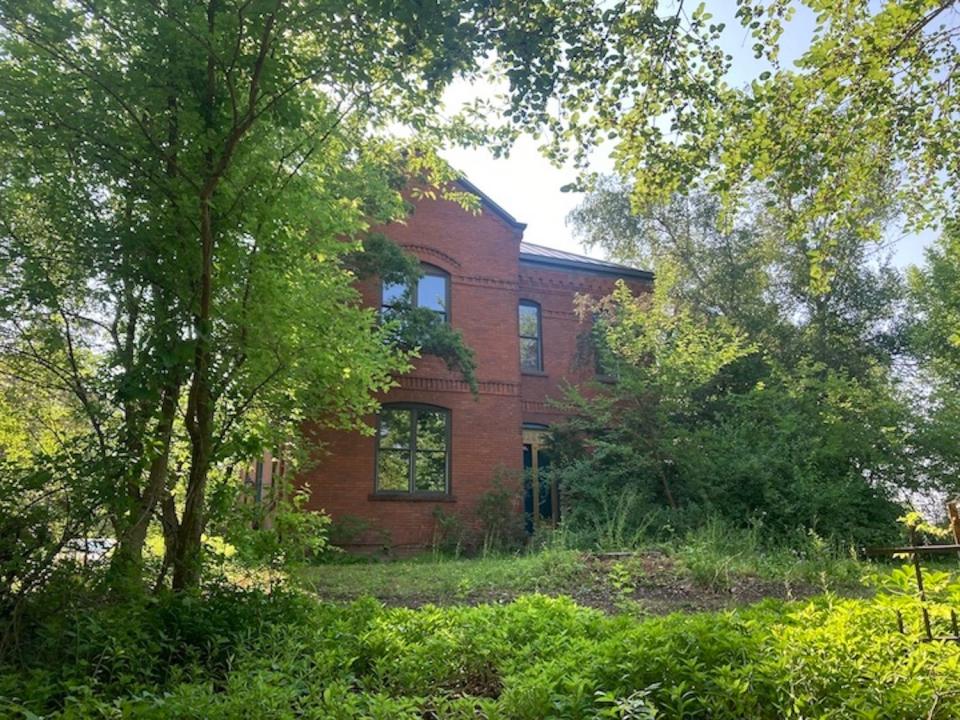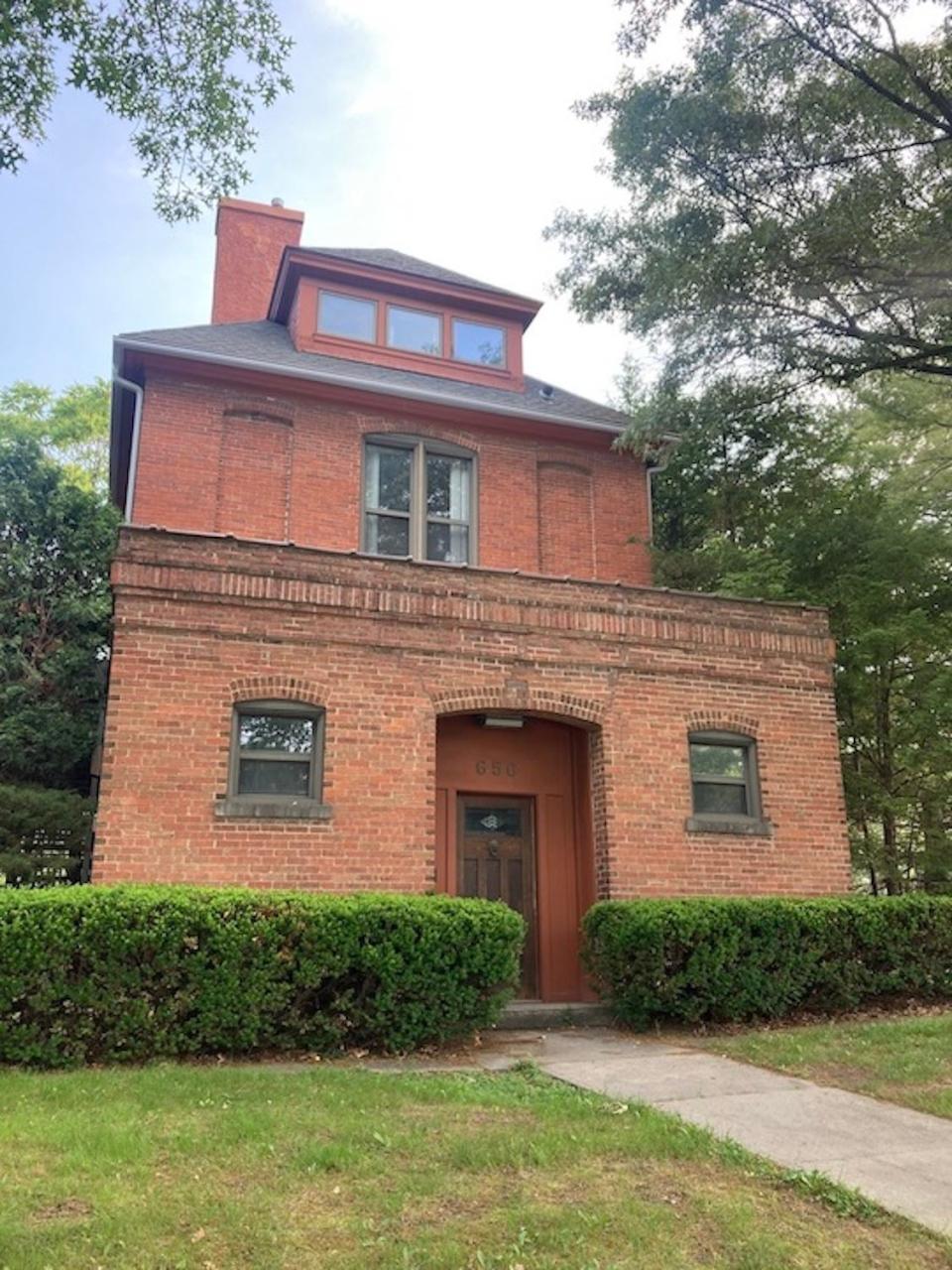Introducing the Kirkwood Shimek Loop: A walking tour of Iowa City school history
- Oops!Something went wrong.Please try again later.
- Oops!Something went wrong.Please try again later.
Dodge and Governor streets are major arteries into and out of north Iowa City. Thousands drive those streets every day and may not notice, or do not realize the significance, of two stately brick buildings — one at Governor's northern terminus, the other at Dodge's southern terminus — Shimek Elementary and Kirkwood Elementary, Versions 1.0. (Kirkwood 2.0 is in Coralville. Shimek 2.0 is a few blocks northwest of Governor's end.) Every day, commuters pass by Iowa City public school history stretching back 130 years.
In 1891, the city was already in its second construction wave for new schools.
The North School opened in October at the confluence of Dodge and Governor. You can see the lovely brick edifice tucked behind some trees. Citizens renamed the school after Bohumil Shimek, a former member of the school board. Shimek, a modest individual, winced at that honor and requested the school return to its original name.

The South School opened likely the next spring. You can still see it shining brightly on its corner lot. It took its more specific name from Samuel Kirkwood.
Both schools ceased operating in the mid-20th century and today are private residences.
Bohumil Shimek was born in Shueyville to Bohemian immigrant parents. He earned a degree from the University of Iowa and eventually became a botany professor there. He amassed an impressive shell collection, purchased by the Smithsonian, and has a state park in southeastern Iowa named after him.

Samuel Kirkwood was born in Maryland. He made it to Ohio, where he was an elected Democrat. Later, residing northwest of Iowa City, he made his living in milling and land speculation. He switched parties to Republican and was elected Iowa's fifth governor. His predecessor was Augustus Dodge, for whom Dodge Street is named. Kirkwood has his own named avenue that caps Dodge Street's southern reach.
Both men are buried in Oakland Cemetery, which has Governor Street as its western boundary.
Walking the circuit of Dodge and Governor to encounter the two former schools forms a nice, approximately 3.2-mile stroll I've conceptualized as the Kirkwood Shimek Loop. It takes about an hour to complete. Unlike Dodge, Governor does not stretch all the way south to Kirkwood. From southern Dodge, you have to take a short zig (or is it a zag?) east on Bowery to connect to Governor. I encourage you to walk the loop. It's a nice perambulation through the history of Iowa City and the celebration of its public learning.
Along the way you can find Shimek's house (on Brown Street); the cemetery; the buildings constructed for the first (on Ronalds Street) and second (now Preucil School of Music) Česko-Slovenský Podporující Spolek (Czech-Slovak Protective Society) for Bohemian immigrants; and Happy Hollow Park, where the Goss Brick Yard mined and kilned clay. You can marvel at vanguard mid-19th-century photographer Isaac Wetherby's restored and relocated house and the Bethel A.M.E. Church, a station on the Underground Railroad, constructed in 1868. Then you can relax in College Green Park, as old (1839) as the city and as contemporary as recent Occupy Wall Street encampments.
After our January, when we experienced what the Weather Channel predicted as an "exceptionally powerful" storm "with nearly every winter weather threat imaginable," the weather has become quite nice for walking. Stepping out on the Kirkwood Shimek Loop could be a rewarding way to spend a spring afternoon.
Patrick Muller is a visual artist living in Hills.
This article originally appeared on Des Moines Register: The Kirkwood Shimek Loop: A walking tour of Iowa City school history

